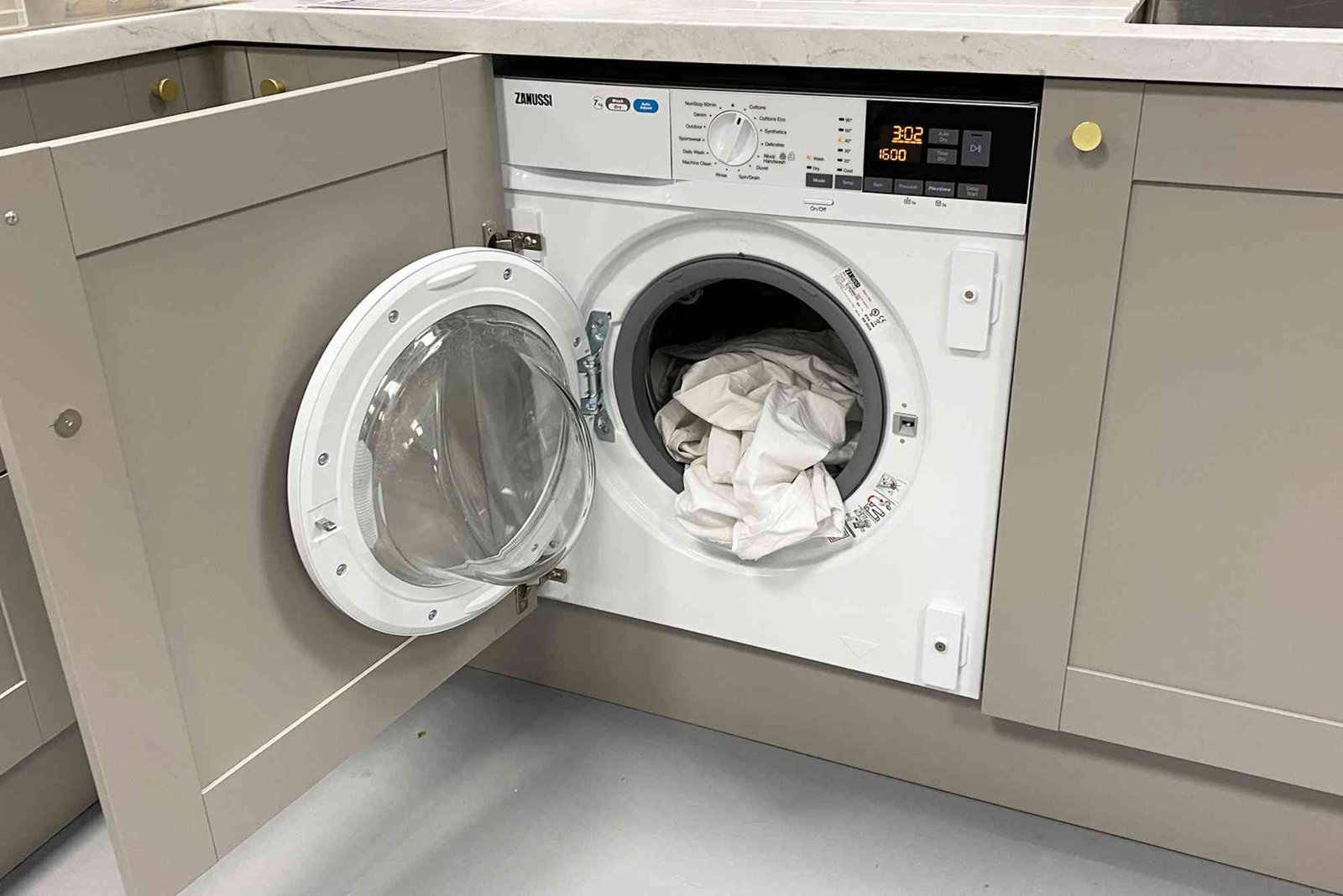Hindi Romantic Cinema remains one of the most powerful cultural forces in India’s entertainment world, shaping emotions, fashion, and music across generations. The genre blends love, passion, heartbreak, and celebration into stories that stay in memory. Hindi Romantic Cinema has influenced millions globally, echoing the universal language of emotion. From classic slow-burn romance to modern love stories, it continues to evolve while keeping its heart intact.
Hindi Romantic Cinema began long before today’s digital film era, emerging from poetic storytelling, dramatic emotions, and music that stays forever in the soul. It stands as a reflection of Indian society, capturing the dreams, desires, and challenges of love in every era. Over time, this cinematic universe has showcased intense love, innocent first crushes, painful heartbreaks, eternal devotion, and mature relationships.
Introduction to the Style and Soul of Hindi Romantic Cinema
Hindi Romantic Cinema celebrates emotion in its purest form. Filmmakers crafted stories that allow audiences to experience joy, loss, hope, and fantasy together. Viewers often find themselves connecting deeply with characters because the films mirror real romance, even if through dramatic amplification. The charm of Hindi Romantic Cinema lies in its beautiful blend of storytelling, visual language, poetic music, and emotional sincerity.
As decades passed, the language of love changed, but the heartbeat of Hindi Romantic Cinema stayed strong. Storylines shifted from shy glances behind veils to bold confessions and modern dilemmas. Yet the purpose always stayed the same: to portray the emotional truth of love.
The Evolution and Timeless Appeal of Hindi Romantic Cinema
Through different eras, Hindi Romantic Cinema adapted to cultural and social changes. Early decades leaned toward poetic romance rooted in Indian values. The golden age brought iconic couples and unforgettable melodies. Later generations embraced youth-driven romance, elaborate dream sequences, and passionate storytelling. Finally, digital-age cinema introduced realism, complex characters, and urban love stories.
Despite stylistic shifts, Hindi Romantic Cinema continues to unite emotional depth with cinematic magic. It recognizes that romance is never static; relationships grow, struggle, mature, and sometimes end. This honesty keeps the genre relevant.
Early Classic Era and Emotional Foundations
In the early era of Hindi Romantic Cinema, love often appeared in poetic, restrained forms. Films portrayed romance as a journey of longing and purity. Soft gazes, poetry-driven dialogue, and soulful songs built emotional resonance. The influence of literature and classical music shaped the stories, making romance feel timeless.
Filmmakers crafted emotion as a sacred experience. The audience admired respect, sacrifice, and loyalty, highlighting a cultural value system rooted in devotion and patience. Even heartbreak held beauty, as love represented more than desire; it symbolized moral integrity and hope.
Golden Era of Iconic Romantic Films
As Hindi Romantic Cinema matured, grand storytelling emerged. Filmmakers focused on lush visuals, powerful love declarations, and unforgettable musical sequences. Love became a celebration of youth, passion, and beauty. Cinematic couples impressed audiences with chemistry, charming banter, and dramatic commitment to love.
This era built the foundation of mainstream romance. It embraced idealism while maintaining emotional authenticity. The romance genre became synonymous with heartfelt music, tradition, and family values. Viewers saw love not only as personal joy but as a shared social dream.
Youth-Centric Wave and the Rise of Modern Romance
The 90s and early 2000s transformed Hindi Romantic Cinema into a youth-driven movement. Romantic drama blended modern aspiration with cultural roots. Audiences connected to college settings, friendship-to-love plots, travel sequences, and emotional confessions. Music videos shot in scenic landscapes enhanced storytelling, making romance visually grand.
Emotions still drove the narrative, yet films emphasized choice, self-discovery, and dream-like relationships. This generation romanticized strong emotional bonds and loyalty. Hindi Romantic Cinema expanded its reach globally during this era, becoming a cultural export.
Contemporary Era and Evolving Emotional Realities
Modern Hindi Romantic Cinema embraces realism and complexity. Relationships reflect modern urban life, exploring compatibility, independence, insecurities, and evolving commitment. Instead of perfection, characters display flaws and vulnerabilities. Stories include long-distance romance, digital-age love, and meaningful self-growth.
Yet the core emotion remains unchanged. Romance continues to be sincere, relatable, and heartfelt. Hindi Romantic Cinema adapts to emotional and social evolution while honoring its tradition of storytelling through feelings.
Themes That Define Hindi Romantic Cinema
Hindi Romantic Cinema explores universal emotions. Love appears in different forms across time: innocent beginnings, passionate desire, painful separation, reunion, healing, and sacrifice. Films also recognize changing cultural attitudes around relationships. Despite transformation, sincerity remains central.
Romantic stories often celebrate inner transformation. Characters evolve through love. They learn patience, trust, courage, forgiveness, and emotional strength. Music enhances storytelling by bringing emotions to life. Songs articulate whispers of love, heartbreak, longing, and joy.
From yearning glances to modern romantic dialogues, Hindi Romantic Cinema shows love as a life-changing force.
Role of Music in Romance
Songs are the emotional backbone of Hindi Romantic Cinema. Melodies elevate scenes, helping viewers feel deeper connection. Whether soft ballads or emotional orchestration, music supports storytelling. Lyrics express emotions characters cannot speak aloud. This tradition remains unique and beloved worldwide.
Cultural Touch and Emotional Language
Hindi Romantic Cinema carries cultural flavor. Traditional values often coexist with modern attitudes. Love interactions express respect and familial influence alongside individual desires. Films embrace relationships as both personal and cultural journeys, representing India’s emotional landscape.
Impact on Society and Audiences
Hindi Romantic Cinema shaped fashion, language, and romantic expectations. Audiences adopted memorable lines, dressing styles, and musical themes into real-life romance. Many viewers experienced love through cinema first, learning gestures of affection and emotional expression.
Cinema also influenced social views. Over time, Hindi Romantic Cinema encouraged acceptance of choice-based relationships, women’s voices in love stories, and emotional vulnerability in men. Films promoted empathy and celebrated love’s diversity.
Digital Shift and Streaming Era
Streaming platforms expanded reach and experimentation. Hindi Romantic Cinema now offers new voices, urban stories, and global influences. Filmmakers explore companionship, co-living, second chances, mature love, and queer romance. Modern stories embrace realism without abandoning emotional intensity.
Audiences receive intimate character studies, richer emotional layers, and relatable storytelling. The genre continues to flourish in the digital generation.
Frequently Asked Questions About Hindi Romantic Cinema
Why is Hindi Romantic Cinema so popular?
It reflects universal emotions, blending dreamlike romance with relatable feelings. The storytelling style, music, and cultural depth enhance emotional connection.
Who is the king of romance in Hindi cinema?
A widely known romantic star earned this title due to iconic romantic roles and unmatched emotional delivery across several decades.
What makes Hindi Romantic Cinema different from other film industries?
It emphasizes emotion, poetic storytelling, music-driven narratives, and cultural warmth, creating a unique cinematic language of love.
How has Hindi Romantic Cinema changed over time?
It evolved from classic poetic love stories to youthful fantasies and now realistic, urban emotional narratives, while preserving heartfelt sincerity.
Hindi Romantic Cinema remains a powerful storytelling tradition rooted in emotion, hope, and heartfelt connection. It adapts while preserving its essence, proving love remains timeless. New generations experience romance differently, but the cinematic language of love continues to inspire dreams and encourage emotional expression.
To explore deeper insights on Hindi Romantic Cinema and other cultural entertainment topics, visit the section linked as “Hindi Romantic Cinema” at and discover the Related Entertainment article at . For additional informational resources tied to lifestyle and experiences, feel free to access Learn more at.




